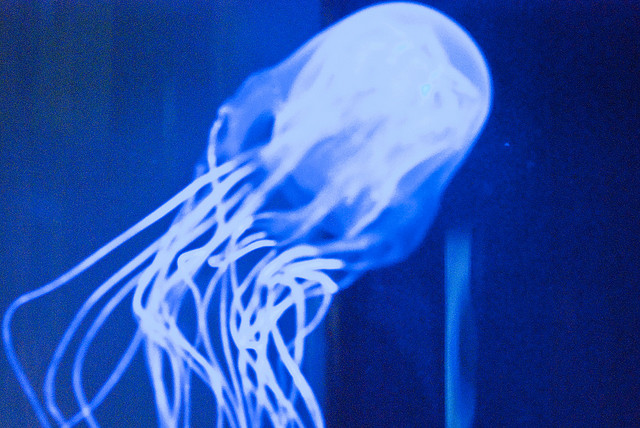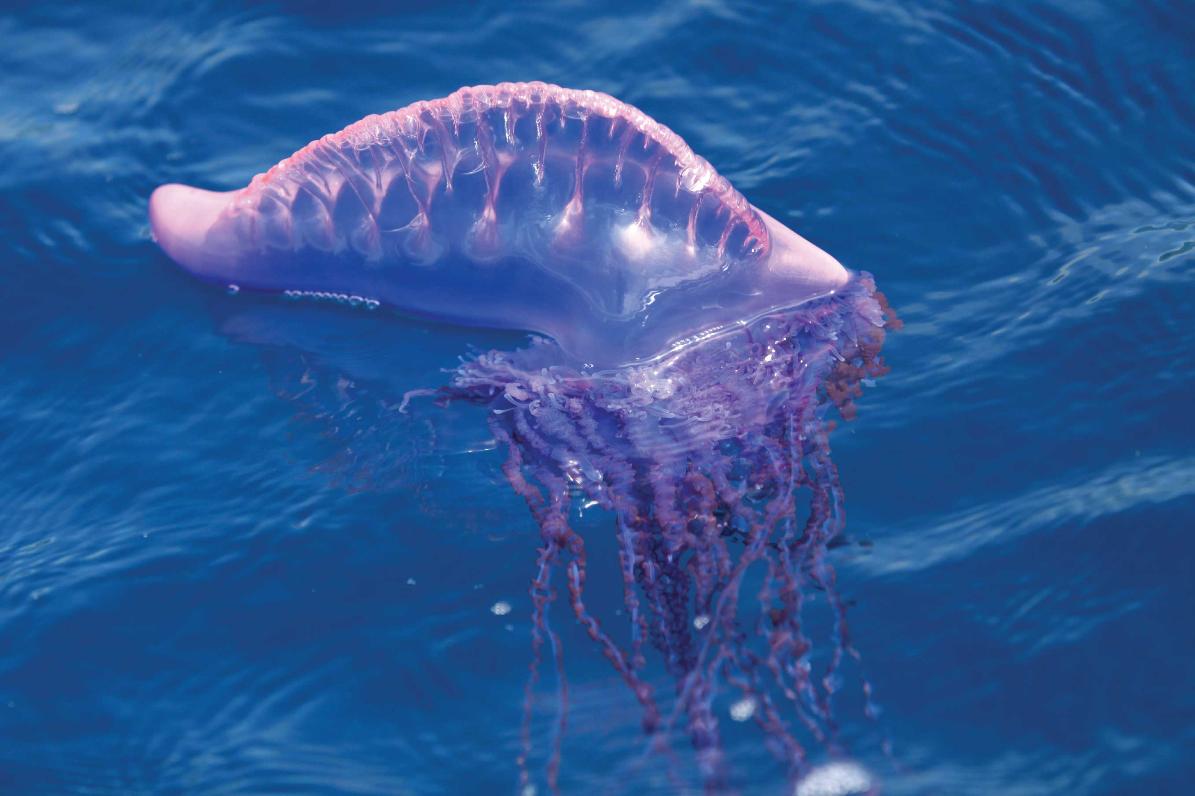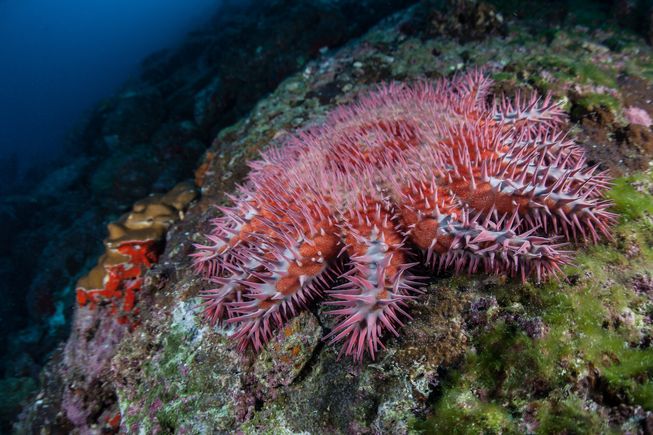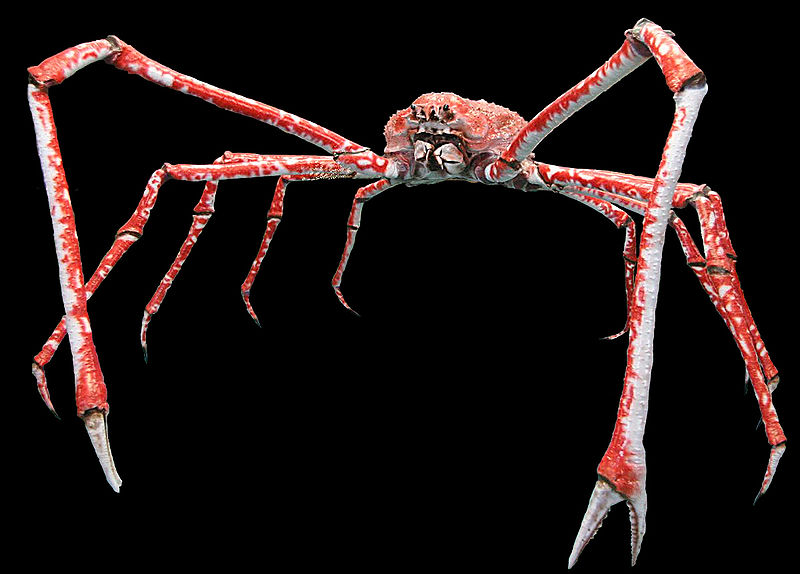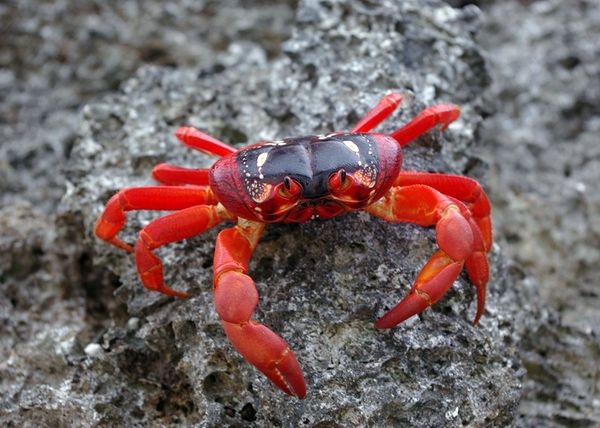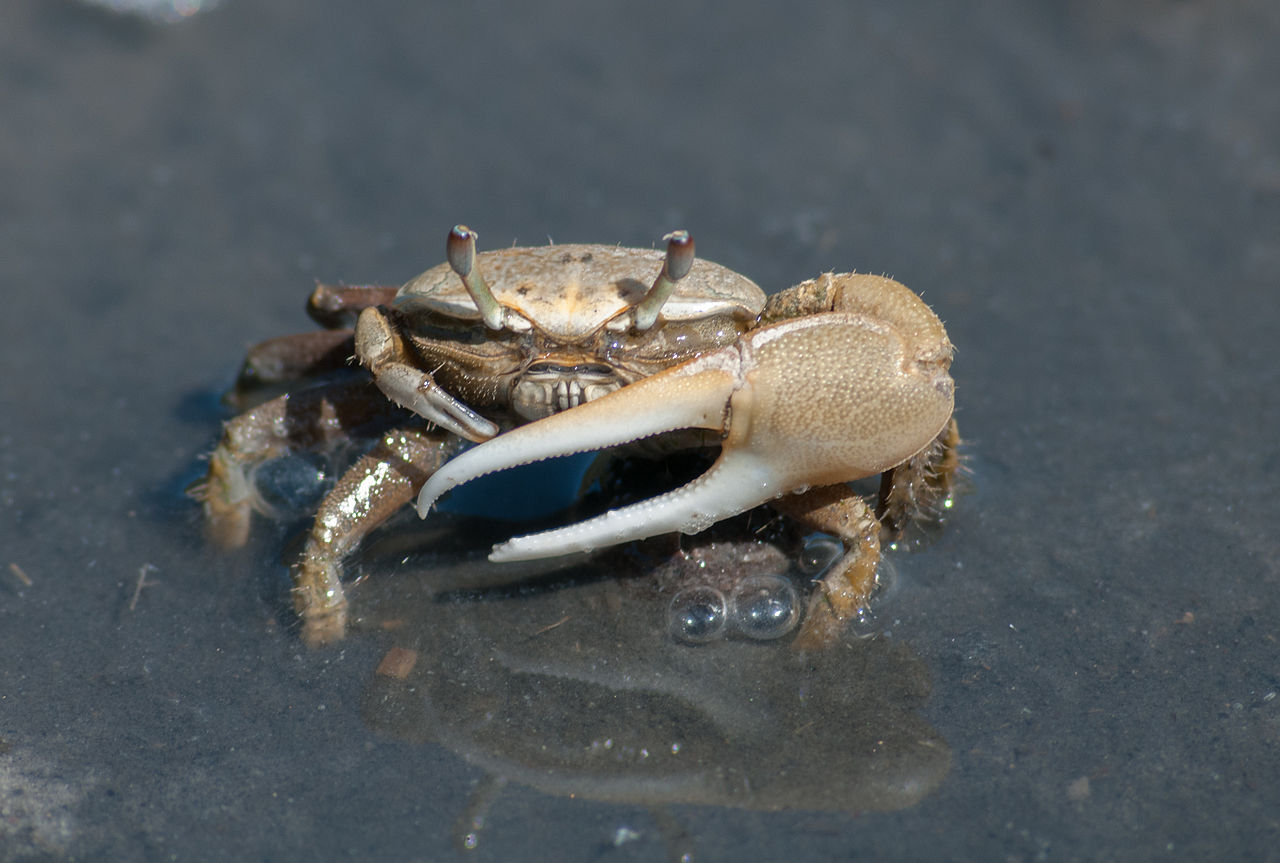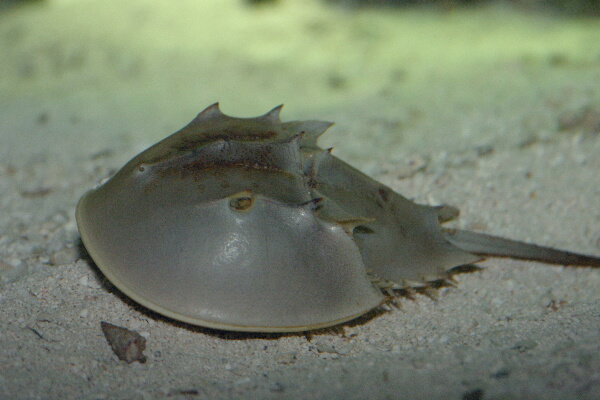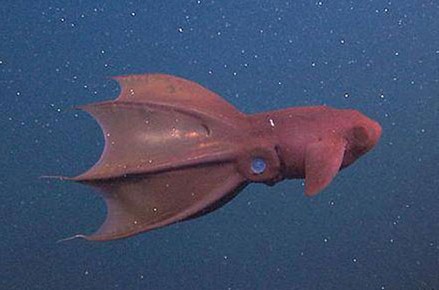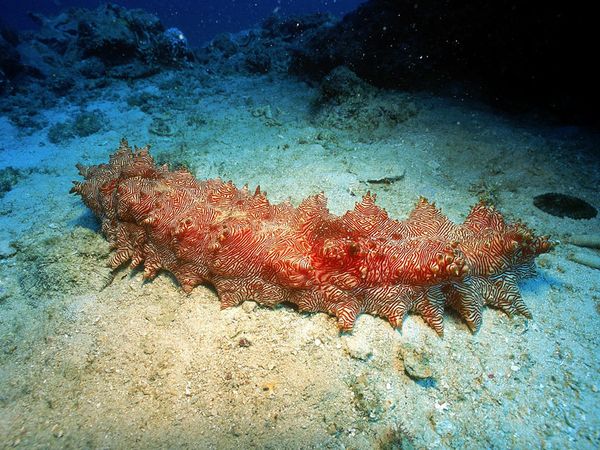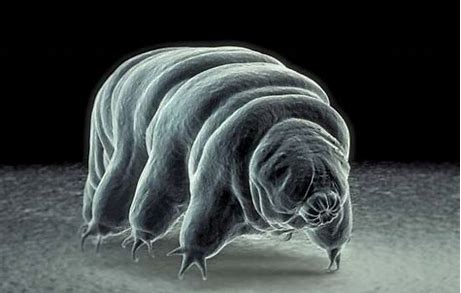Difference between revisions of "Physical World/Invertebrates"
(Added images) |
(Added images) |
||
| Line 15: | Line 15: | ||
| − | '' | + | |
| + | ''Physalia physalis'' | ||
Not a common jellyfish but a colony of specialized minute individuals called zooids | Not a common jellyfish but a colony of specialized minute individuals called zooids | ||
| Line 67: | Line 68: | ||
family Limulidae | family Limulidae | ||
| + | |||
| Line 75: | Line 77: | ||
|[[File:Vampire squid.jpg|none|thumb]] | |[[File:Vampire squid.jpg|none|thumb]] | ||
|'''Vampire squid''' | |'''Vampire squid''' | ||
| + | |||
''Vampyroteuthis infernalis'' | ''Vampyroteuthis infernalis'' | ||
| − | Name means "vampire squid of | + | Name means "vampire squid of Hell" |
| − | |||
The animal's dark colour, cloak-like webbing, and red eyes give the vampire squid its name — it does not feed on blood | The animal's dark colour, cloak-like webbing, and red eyes give the vampire squid its name — it does not feed on blood | ||
| Line 86: | Line 88: | ||
| | | | ||
|'''Nautilus''' | |'''Nautilus''' | ||
| + | |||
family Nautilidae | family Nautilidae | ||
| + | |||
| Line 96: | Line 100: | ||
The nautilus shell presents one of the finest natural examples of a logarithmic spiral | The nautilus shell presents one of the finest natural examples of a logarithmic spiral | ||
| − | |||
Swims using jet propulsion | Swims using jet propulsion | ||
|- | |- | ||
| − | | | + | |[[File:Sea cucumber.jpg|none|thumb]] |
|'''Sea cucumber''' | |'''Sea cucumber''' | ||
| + | |||
| Line 110: | Line 114: | ||
|[[File:Tardigrade.jpg|thumb]] | |[[File:Tardigrade.jpg|thumb]] | ||
|'''Tardigrade''' | |'''Tardigrade''' | ||
| + | |||
Revision as of 17:33, 30 June 2021
| Box jellyfish
class Cubozoa Distinguished by their cube-shaped medusae. Some species of box jellyfish produce extremely potent venom Found in the Indo-Pacific region, notably off the coast of Australia | |
| Portuguese man o’ war
Physalia physalis Not a common jellyfish but a colony of specialized minute individuals called zooids Name comes from the supposed resemblance to the Portuguese version of an armed sailing ship at full sail | |
| Crown-of-thorns starfish
Acanthaster planci The adult crown-of-thorns is a carnivorous predator that usually preys on reef coral polyps Most common on the Great Barrier Reef | |
| Japanese spider crab
Macrocheira kaempferi It has the greatest leg span of any arthropod, reaching 3.8 m (12 ft) from claw to claw. The whole crab can weigh up to 19 kilograms (42 lb) – second only to the American lobster among all living arthropod species | |
| Christmas Island red crab
Gecarcoidea natalis Endemic to Christmas Island and the Cocos (Keeling) Islands in the Indian Ocean Well known for their annual mass migration to the sea to lay their eggs in the ocean | |
| Fiddler crab
genus Uca Well known for their sexually dimorphic claws; the males’ major claw is much larger than the minor claw while the females’ claws are both the same size | |
| Horseshoe crab
family Limulidae
Living fossils. The earliest horseshoe crab fossils are from 450 million years ago Do not have haemoglobin in their blood, but instead use haemocyanin to carry oxygen. Because of the copper present in haemocyanin, their blood is blue | |
| Vampire squid
Vampyroteuthis infernalis Name means "vampire squid of Hell" The animal's dark colour, cloak-like webbing, and red eyes give the vampire squid its name — it does not feed on blood | |
| Nautilus
family Nautilidae
Living fossils
The nautilus shell presents one of the finest natural examples of a logarithmic spiral Swims using jet propulsion | |
| Sea cucumber
class Holothuroidea Have a leathery skin and an elongated body containing a single, branched gonad. Sea cucumbers are found on the sea floor worldwide and are used in Chinese cuisine | |
| Tardigrade
Phylum Tardigrada Also known as water bear or moss piglet Tardigrades are notable for being perhaps the most durable known organisms, able to survive extreme conditions. They are 0.5 mm long when fully grown | |
| Queen Alexandra’s birdwing
The largest butterfly in the world, with females reaching wingspans of 25 cm (9.8 inches). Only found in Papua New Guinea
| |
| Monarch butterfly
Milkweed butterfly known for its annual late-summer/autumn migration from the United States and southern Canada to Mexico covering thousands of miles | |
| Atlas moth
| |
| Bullet ant
Named on account of its powerful and potent sting due to its venom. The pain caused by the sting is ranked as the most painful according to the Schmidt sting pain index
| |
| Cuckoo bee
| |
| Periodical cicada
After 13 or 17 years, mature cicada nymphs emerge at any given locality, synchronously and in tremendous numbers. After mating and egg laying, the adult cicadas are gone for another 13 or 17 years | |
| Goliath beetle
| |
| Dung beetle
| |
| Stag beetle
| |
| Sydney funnel-web spider
If has a bite capable of causing serious injury or death in humans if left untreated
| |
| Redback spider
Venomous spider indigenous to Australia. The adult female is easily recognised by a prominent red stripe on the upper side of her abdomen and an hourglass-shaped red/orange streak on the underside. May be found on the underside of toilet seats | |
| Black widow spider
Well known for the distinctive black and red coloring of the female of the species that will occasionally eat her mate after reproduction. The species is native to North America. The venom is seldom fatal to humans | |
| False widow spider
Many spiders of the genus Steatoda are often mistaken for widow spiders (Latrodectus); however Steatoda are significantly less harmful to humans |
